New Year’s resolutions aren’t just for individuals. You can also set goals and objectives for your business in the year ahead.
However, as is the case with personal resolutions, setting a goal doesn’t guarantee that you’ll achieve it. On the contrary, if you don’t put in a little effort, your resolutions will end up little more than pipe dreams.
Here are a few tips to help you set and achieve resolutions for your business this year.
1. Set Realistic Resolutions
The first step is creating resolutions that you can actually achieve. In contrast, many resolutions tend to be either too vague or too aggressive.
For instance, on the one hand, if you’re a startup, making “a million dollars in profit” is probably a goal you’ll never be able to achieve in the next 12 months. On the other hand, “growing” is a goal that won’t motivate you much.
Instead, set specific, realistic resolutions that you and your team can genuinely achieve if you put in a little extra effort.
2. Strategize and Communicate
Understanding the result of a successful resolution is good. But you also want to figure out how you’ll get to the finish line.
This starts with creating a strategy. What tools and activities need to take place to achieve each resolution that you set? Who needs to be involved?
For example, consider if you’re trying to outsource your marketing and distribution in 2023. What person at your company needs to be involved in that process? How will you find and vet potential partners like TruLife Distribution, to help you effectively pass off the responsibility?
Once you have a strategy in place, it’s time to get everyone on the same page. Communicate goals and set clear expectations. Make sure you’re all working toward the same resolution as a group.
3. Create a Schedule and Establish Deadlines
Resolutions are time-based, if only because you want to accomplish them in the next 12 months. However, if you want to optimize your resolutions, you should try to establish a more detailed timeline between January 1st and December 31st.
Review each business resolution that you set and consider how time factors into the equation. This will be different for each scenario. For example, if you want to increase sales by 10% by summer, you have an obvious six-month window.
However, if you want to build a better company culture, the timeline involved is a bit vague. In that case, you may want to create deadlines to guide you, such as clarifying your company values by the end of January or conducting your first round of employee feedback by March 1st.
Pursuing New Year’s Resolutions as a Company
Pursuing New Year’s Resolutions as a business can be challenging. You’re trying to orchestrate positive change across an entire group of professionals rather than a single individual.
Nevertheless, if you set realistic, achievable goals, take the time to strategize and communicate, and consider timing and deadlines, you can use the momentum of the new year to spark change in your company in the months ahead.








